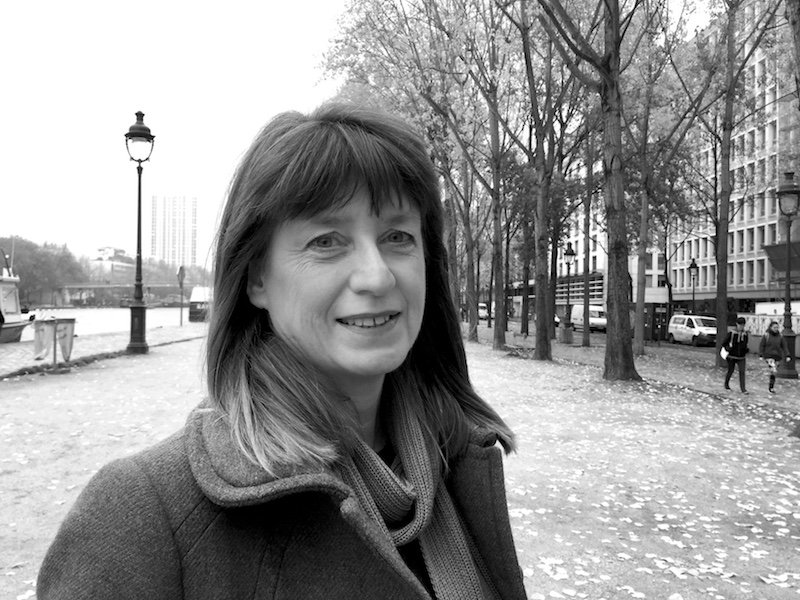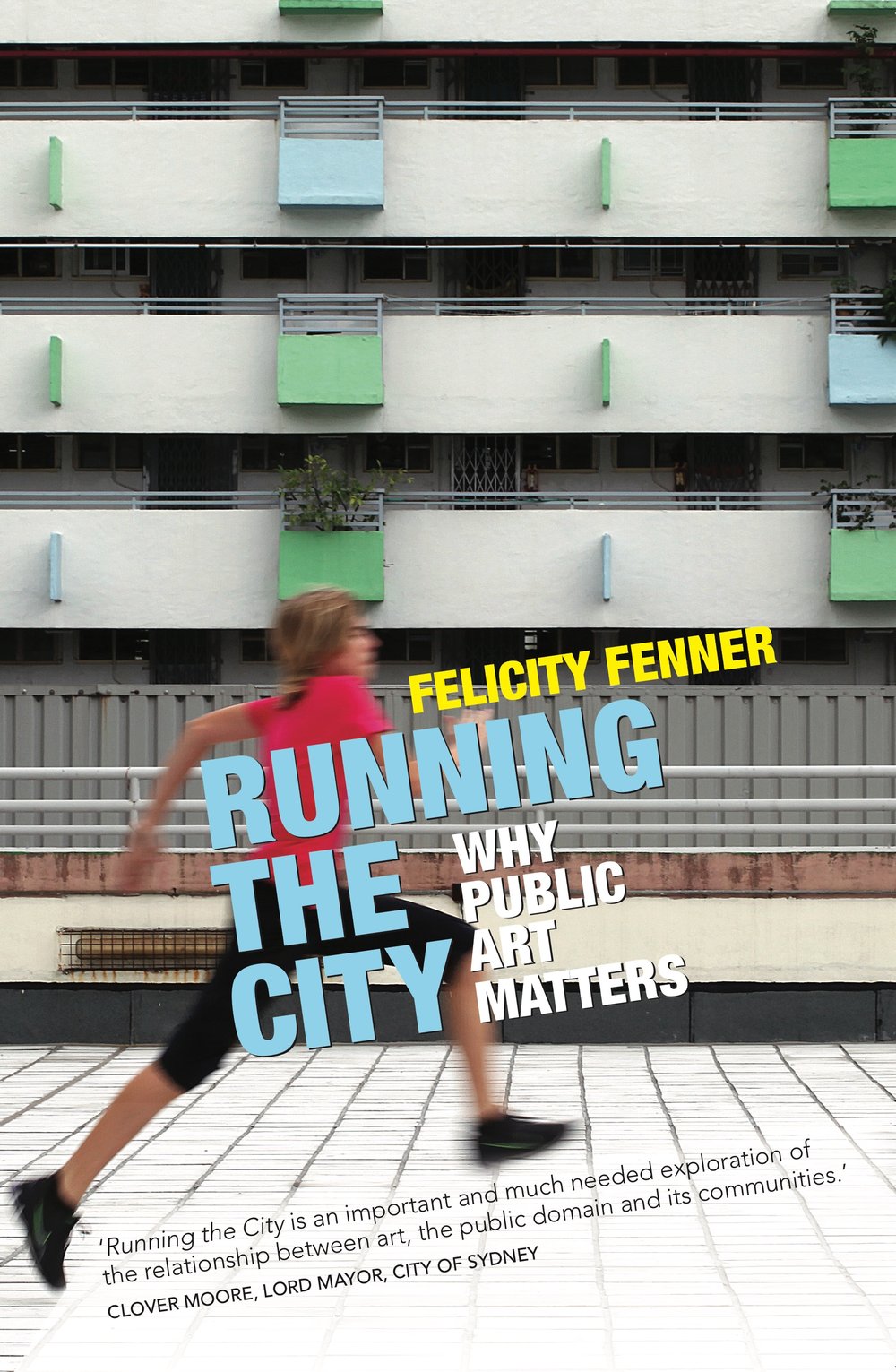p.p1 {margin: 0.0px 0.0px 0.0px 0.0px; font: 12.0px Helvetica} p.p2 {margin: 0.0px 0.0px 0.0px 0.0px; font: 9.0px Helvetica}
‘Running the City is an important and much needed exploration of the relationship between art, the public domain and its communities.’ - Clover Moore, Lord Mayor, City of Sydney
Foreword to Running the City by Felicity Fenner
Some years ago, the Sydney Morning Herald columnist Elizabeth Farrelly asked, ‘Does art, especially public art, still matter? And what etiquette governs its manners in a time of babel?
‘The question it raises is one that drove and bedevilled the modern century. If art must have meaning (not just beauty) where does that meaning originate? With the artist? The viewer? Or in some magical meeting of the two?’
Elizabeth was reflecting on the death of Sol LeWitt, the American conceptual artist who, she observed insisted on creating works that were ‘inordinately obscure’. Despite this alleged obscurity, his work is enjoyed by hundreds, if not thousands of Sydneysiders every day. Since 2003 his large brightly coloured mural has enlivened the circular ground floor foyer of Harry Seidler’s Australia Square Tower.
LeWitt’s mural, along with countless other public and semi-public artworks, demonstrates the contribution public art can make to shaping public places.
Felicity Fenner emphatically demonstrates that public art still matters. In Running the City she provides numerous examples of public art that delights, inspires and challenges us. Her focus is artworks that activate public space not by simply being ‘plonked’ but by being integrated with that space and becoming embedded in their communities.
A city’s art can help shape a unique and memorable identity, expressing the spirit of place, and presenting a rich and nuanced picture – sometimes a critique – of the society that produced it. Over the past decade the City of Sydney has acted on this, commissioning many new temporary and permanent public artworks, from small-scale laneway projects to Yininmadyemi: Thou dost fall, the artwork in Hyde Park which acknowledges Aboriginal and Torres Strait Islander men and women who served in the nation’s armed services.
We have incorporated art into the daily life of our city villages with new artworks being strongly featured in our public domain improvements. Public art is being integrated into our Green Square urban renewal project in inner south-west Sydney.
All this is being achieved with the expert guidance of our Public Art Advisory Panel, chaired by Leon Paroissien. Felicity Fenner is a much valued Panel member and her first-hand experience has informed her insights.
Several of the City’s public art projects feature as case studies in this book, including Michael Hill’s Forgotten Songs, which recalls the songs of fifty birds that could be found in central Sydney before European settlement. Initially part of the temporary laneways art program, it captured the public’s imagination and led to many requests that it be made permanent. This response confirmed that public art matters to the public. It can have beauty and meaning, helping us understand what we have now and what we have lost.
Any exploration of the relationship between art, the public domain and its communities is welcome, given there are so few and even fewer exploring the public art of Sydney. Running the City is an important and much-needed contribution to this discourse.
Clover Moore, Lord Mayor of Sydney
p.p1 {margin: 0.0px 0.0px 0.0px 0.0px; font: 12.0px Helvetica} span.s1 {font-kerning: none}
Felicity Fenner’s book Running the City is published by NewSouth in August 2017.



